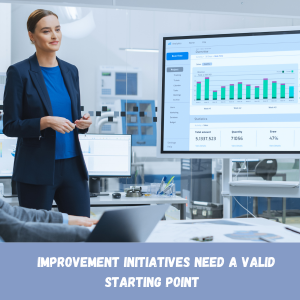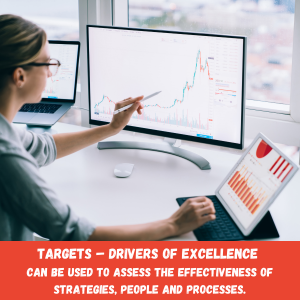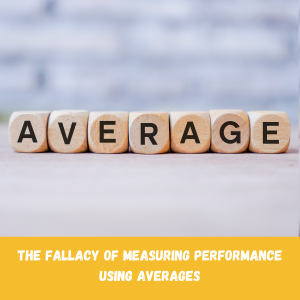ets RECEIVES PRESTIGIOUS IACET ACCREDITATION
FOR IMMEDIATE RELEASE Contact: Maria Mogollon, President & CEO Phone: 321-636-2212 (o) / 321-258-2447 (c) Email: mmogollon@etsfl.com ets RECEIVES PRESTIGIOUS IACET ACCREDITATION Professional Development Firm Achieves International Standard of Excellence Atlanta, GA, December 1, 2023–Electronic Training Solutions, Inc. (ets) recently became re-accredited by the International Accreditors for Continuing Education and Training (IACET) as an IACET… Read more »










